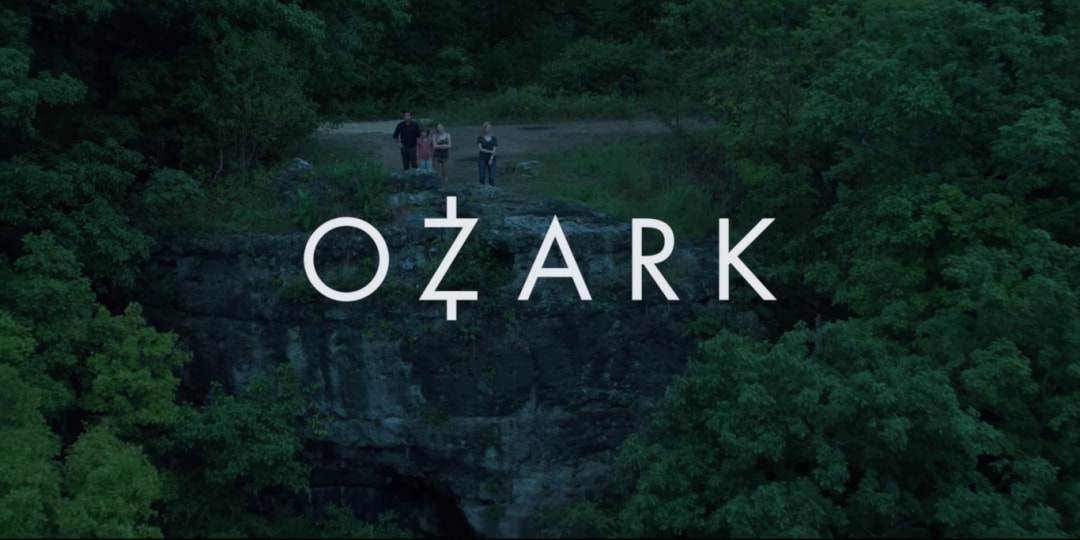The wildly popular Netflix series Ozark recently finished its five-year run as one of the most-watched, binged and acclaimed streaming series in history. With veteran actors Jason Bateman (Marty Byrd) and Laura Linney (Wendy Byrd) anchoring the cast, and the meteoric rise of Julie Garner (Ruth Langmore), talent was certainly one foundation to the show’s success.
However, like nearly every endeavor with exceptional success whether in entertainment, business, sports, music, medicine, education or any discipline, talent is just table-stakes. In fact, many teams and organizations are loaded with talent but still fail because they don’t take the time to nurture the other fundamental aspects of exceptionalism. Some pay lip-service to words like “culture,” “family,” “collaboration” or “trust,” but don’t do the hard work every day beyond using those words as rallying cries to substantively bring those concepts to life.
In Ozark’s half-hour series recap, “A Farewell to Ozark,” the cast and crew revealed the show’s fabric and culture to reinforce the important ingredients for any team with lofty goals to achieve enduring success:
Leadership committed to a clear vision, but also open to listen to the talented people they hired to bring the vision to life together to build an authentic culture of collaboration and trust.
In Ozark’s half-hour series recap, “A Farewell to Ozark,” the cast and crew revealed the show’s fabric and culture to reinforce the important ingredients for any team with lofty goals to achieve enduring success:
Leadership committed to a clear vision, but also open to listen to the talented people they hired to bring the vision to life together to build an authentic culture of collaboration and trust.
- “This has stayed true to what I hoped and dreamed it would be. Everybody has hit close to the target. It’s a team sport.” - Jason Bateman, who also directed the first season of the show.
- “Chris Mundy (lead writer) is an actor’s dream writer. Someone who is open to responses. Open to suggestions.” – Felix Solis (Omar Navarro, cartel boss)
- “He (Mundy) really is the architect of this sense of community that we’ve had here on Ozark.” – Sophia Hublitz (Charlotte Byrd, the family’s young daughter).
- “I feel like I’ve grown up on this show in so many ways. I’ve learned so much from these people.” Hublitz, who was 16 when Ozark premiered in 2017.
- “You don’t want to shove it down a young person’s throat, but you hope you can share some of the tools that they can take on to the next job.” Laura Linney, who played Charlotte’s mother.
- “Another testament to this crew and the people who were able to put together these sets. I’ve never not felt I was in a hacienda in Mexico.” – Solis, the cartel boss who clearly was most comfortable in his south-of-the-border based hacienda.
- “My job is to create a space for the actors, a space for the script. I’m given so much information from the story and script.” – David Biomba, production designer in charge of location and sets.
- “I can’t reiterate how close we all are from the showrunners, producers, van drivers, the cast, all the way to the grip and the electricians, the art directors.” – Hublitz.

